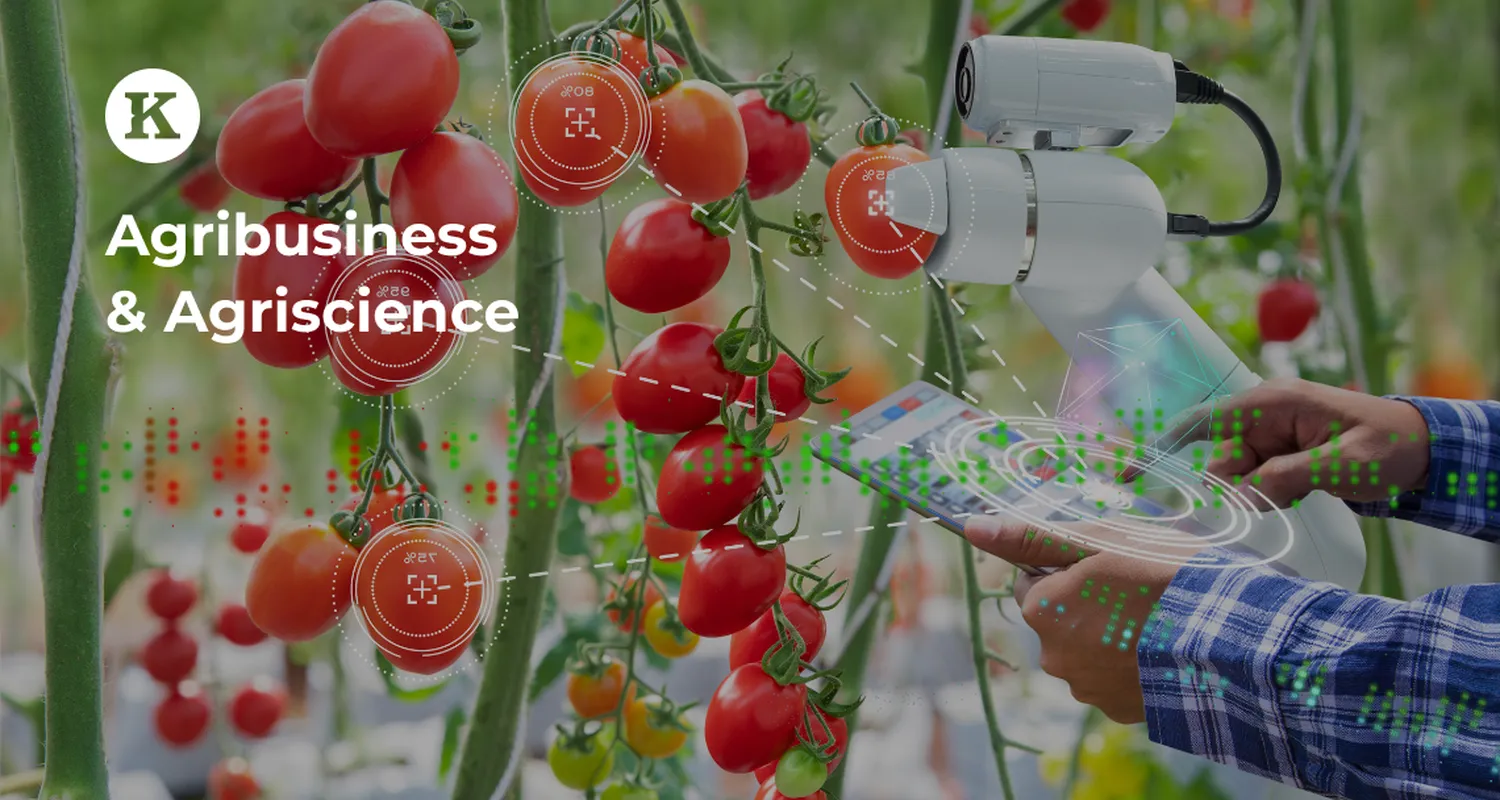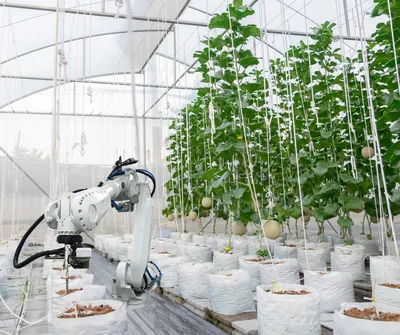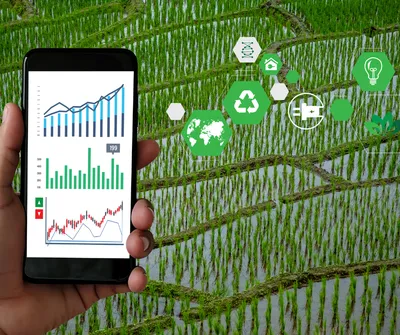The greater Middle East, Africa and even India are rapidly growing demographically and poised to have the Gulf region a key global hub. The region’s manufacturing ecosystem is expanding with strong government and private investment. Though not a major agricultural producer, the Middle East is a vital transit hub for about one-third of global commodities passing through the UAE and surrounding areas, which can be transformed into higher-value products and ingredients.
Biotechnology is advancing rapidly, replicating natural plant and animal processes in controlled environments. Despite cost and regulatory challenges, these technologies will play a key role in diets within the next decade or two.
In summary, the Middle East is a dynamic, fast-growing ecosystem facing similar challenges to the rest of the world when it comes to increasing food production pressure amid global population growth from 8.2 billion to 11 billion, expected to rise by 50% over the next decades before declining due to sub-replacement fertility rates.'
Marcos Haaland, Operation Partner Agribusiness at Patria Investments, Brazil, explains that agribusiness development in the country began with private investment supported by public research. 'In the 1970s, government research centers developed technologies to adapt temperate crops like soybeans to tropical conditions.
Brazil is now a major producer and leading exporter, with annual agricultural exports around 150 billion USD, feeding about one billion people daily by calories. Despite climate challenges, the sector has advanced rapidly through technologies such as no-till farming, crop rotation, precision application, crop-livestock integration, cover crops and especially bio-inputs, where Brazil leads globally due to local environmental needs.
As José Francisco noted, Brazil attracts rising investment from the Middle East and Asia due to food security concerns and its role as a key food production hub. Latin America is expected to supply about one-third of global food demand, with over half of future growth from South America.
This focus aligns with Patria and other private capital players targeting Brazil as a central hub for agriculture and livestock. The Andean region mainly exports fruits and vegetables, while Brazil, Argentina, Uruguay and Paraguay focus on protein, soybeans, livestock and corn.
Biofuels are an emerging priority, with strong investment in sugarcane and corn-based fuels driven by sustainable aviation fuel (SAF) demand. Brazil aims to be a major low-carbon ethanol producer for SAF, positioning South America at the forefront of food and biofuel investment in the energy transition.'
Sakhiwo Glen Zamisa, Non-Executive Chairman at African Pioneer Group, South Africa, shares that the group is expanding into agriculture while holding mature beverage assets, including a minority stake in Coca-Cola. 'But we also own a dairy operation near Port Elizabeth that evolved into a full dairy product range.
Our interests include citrus farming, with growing partnerships in Uruguay and Argentina, focusing on the full value chain beyond exports.
Agriculture accounts for 2.5% of South Africa’s GDP (2023), with 10 million hectares cultivated and nearly 230 million livestock. Agricultural exports hit a record USD 13.7 billion in 2024, up 3%, supporting significant employment.
Challenges like water scarcity, climate change, natural disasters and energy shortages drive innovation and attract investment. The carbon credit market is emerging with early talks underway.
South Africa supports the Southern African Development Community (SADC), including countries with significant migration flows. Its population exceeds 60 million, including migrants from Nigeria.
Agribusiness growth relies on technology and strong community partnerships. Land ownership remains complex due to historical displacement, addressed through collaboration.
Success requires a deep understanding of the local environment, history and social context. South Africa offers opportunities and challenges for committed investors with respectful local engagement.
African Pioneer Group is an active local and international investor, including in Argentina and Uruguay. We seek partnerships with tech providers and private equity to grow. Despite challenges, significant potential exists and crises can create mutual benefits. We are also exploring fishing industry investments.'
Risk & return in Sustainable Agriculture
Marcos Haaland notes that Patria invests in producing and distributing agricultural inputs across Brazil’s agriculture and livestock sectors. 'Beyond returns, we drive transformation by introducing new technologies and practices to small and medium farmers via our products, network, and consultants. For example, when selling livestock products to small ranchers, we guide sustainable, tech-driven methods to improve land use and yields.
Brazil’s agriculture is polarised: 20% of farms produce 80% of output, yet about 3 million small farms urgently need better technology and reliable information. Sustainability includes practices like no-till planting, crop rotation and cover cropping. Growing multiple crops annually, such as soybeans, carrots, corn and livestock rotation, is common, helping soil biodiversity and resilience.
Though sustainability can raise costs, producing two crops yearly on costly land boosts returns. Investments increase, but revenues grow more, improving margins. Studies confirm these practices raise dollar returns per hectare, making them financially sound.
Strong consumer demand pushes companies toward sustainability, but investors may pull back if revenue gains lag. Some practices, like biological fertilizers, add upfront costs with benefits appearing after two or three seasons. Consumers often say they’ll pay more for sustainable products but rarely do, leaving farmers to absorb costs. Larger farmers can invest, but smaller ones struggle due to limited capital and short horizons, slowing sustainability’s scale—though progress continues.
Globally, biological fertilizers are fast-growing. In Brazil, bio-inputs grow about 30% annually from a small base. Most biological inputs are for crop protection; biological crop nutrition is newer. Around two-thirds of farms use some biological input, applied on roughly 130 million hectares, sometimes repeatedly, showing strong market growth.'





